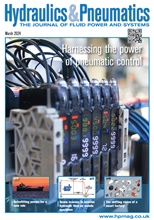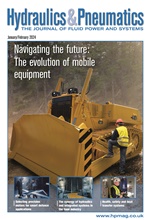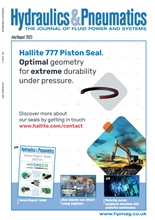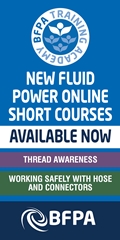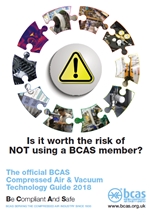How to reduce air leaks in your compressed air system
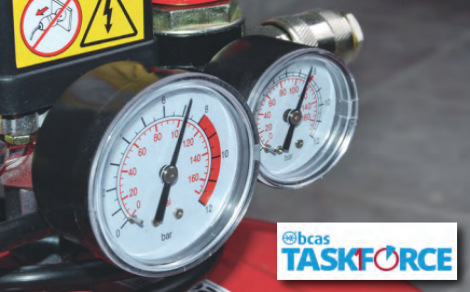
By Vanda Jones, executive director, the British Compressed Air Society.
All compressed air systems experience leaks and as they pose no immediate health and safety concerns, can sometimes be ignored. However, the current climate means we’re much more aware of the energy which is being wasted and the costly effects of leaking air.
One 2mm hole in your pipework could cost over £1,249 per year in wasted energy, and so it’s more important than ever to take measures to reduce air leaks.
Let’s first start with the source of the leak. There a four common leak sources to be aware of, these include:
- Air-using equipment left running when not needed
- Manual condensate drain valves left open
- Leaking hoses and couplings
- Leaking pipes and pipe joints
It’s important to check these areas regularly, as leaks need to be monitored constantly. We would suggest carrying out a leak survey at least twice a year, so you keep on top of any changes in the system.
Next, we take a look at the different steps which can be taken to reduce compressed air leaks and manage the amount of energy wasted.
Under pressure
When pressure drops in the system it means the generating pressure is set to be higher than necessary. Start by identifying where the pressure drop originates and take action to fix the cause and regulate the pressure. The issue of a drop in pressure could be due to:
- Leaks
- System component constrictions (e.g. valves, bends)
- Undersized piping
- Pipework installation (e.g. no ring main)
Identify the leak
As air leaks aren’t hazardous to health and safety, it’s easy to become complacent if there is a small leak. However, as we mentioned a small leak can have significant effects on the energy usage, so it’s important to take action.
We suggest conducting an out of hours survey where you can walk the site listening for any leaks – it should be easy to hear any leaks when the site is quiet.
Following the survey, we would recommend implementing a leak management programme. This way you can mark the leaks and record them on a site plan and grade the priorities, such as fixing the largest leak first. Finally, encourage users to report leaks so they can be identified and repaired as soon as possible.
Pressure reduction
Once you’ve identified any leaks and repaired them, then it’s time to speak to your supplier about reducing the generation pressure at the compressor. Fixing a leak will increase the pressure of air. This can not only have an impact on your system but also put your projected savings at risk.
The pressure drop should be less than 10% of the compressor’s discharge pressure, as measured from the compressor outlet to the point of use. If one section of the plant required much lower pressure, we would suggest running a dedicated low-pressure compressor or to regulate the pressure down that line. It’s important to not generate higher pressure than is required.
-
Smart Manufacturing & Engineering Week
05 - 06 June, 2024
NEC, Birmingham -
HILLHEAD 2024
25 June, 2024, 9:00 - 27 June, 2024, 16:00
Hillhead Quarry, Buxton, Derbyshire UK



